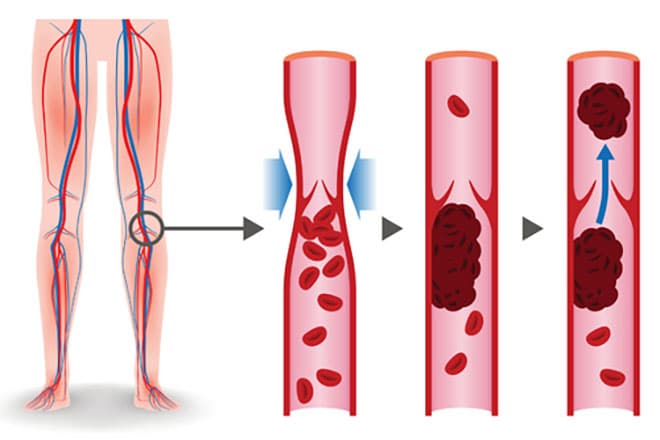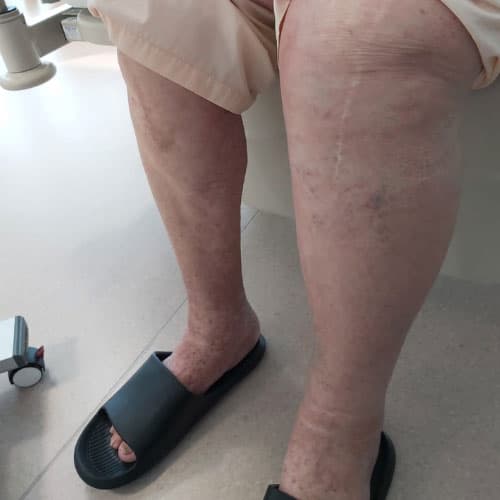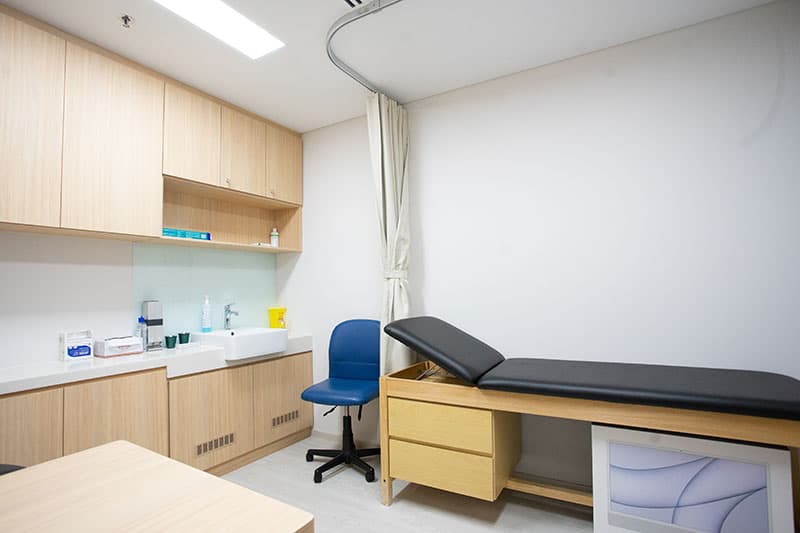What is Deep Vein Thrombosis (DVT)?
Deep vein thrombosis (DVT) is a condition whereby blood clots are formed commonly in the veins in the legs or pelvis. It can also occur in the arm if there is a compression syndrome of the major draining vein of the arm.
It occurs as a result of provoking factors like surgery, immobility, long plane journeys, dehydration and cancer, which makes the blood more likely to clot.
Once the blood clots occur in the deep veins, it can propagate further north into the major body veins (IVC) and migrate into the lungs and heart, which is potentially fatal.








